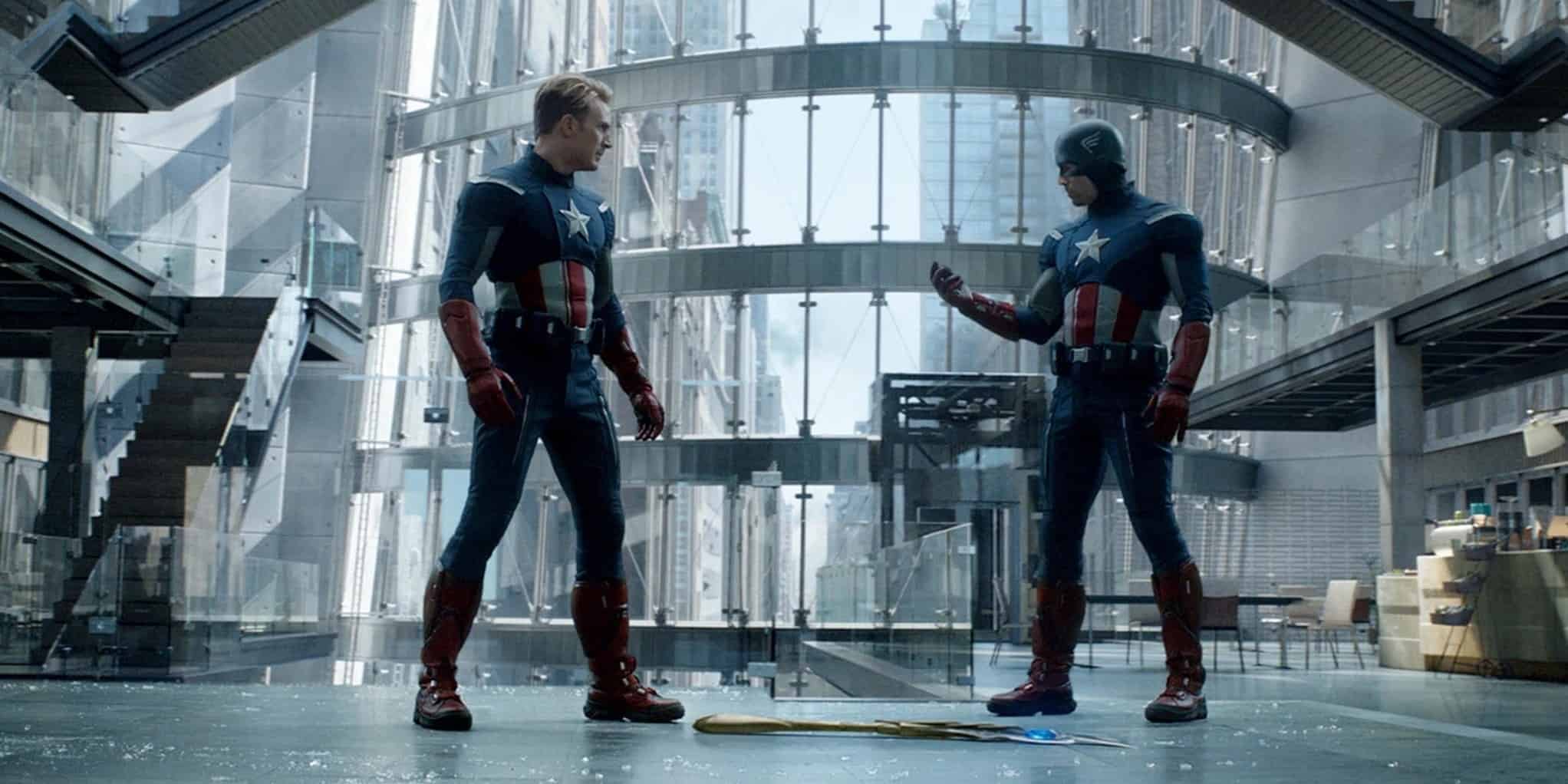
We’re taking it upon ourselves to ax some of the biggest film franchises — because why not? Although there are film franchises we just can’t seem to get enough of, it's also possible to have too much of a good thing. When a film is a hit, there’s a lot of pressure on Hollywood studios to squeeze as much profit as they can out of it. The film industry is ultimately a business, and in any arena where creativity and money collide, there’s always a risk of profit compromising artistic merit.
We can name several sequels that have added value to their original source material and franchises where it took a few films to hit their stride. The following film franchises, however, are long past their artistic best or didn’t need to be resurrected from the dead. We’re happy to see them hit the Hollywood graveyard.
Marvel Cinematic Universe (MCU) and DC Extended Universe (DCEU)

It may be shooting fish in a barrel, but let’s get the most obvious entry out of the way. Aren’t we all tired of Marvel and DC constantly trying to outspend each other on junk-food films? Since the beginning of the MCU and DCEU, superhero films have gone from a good one every few years to half a dozen formulaic ones every year. That’s not to say there weren’t some excellent entries when these two franchises started — 2008 gave us “Iron Man” and “The Dark Knight.”
The rush to out-produce each other, however, has made Marvel and DC films feel gimmicky, over-marketed, and mass-produced. The same plot devices crop up over and over again to explain away internal inconsistencies and allow for interchangeable big-name stars to take on tired characters. Would it be tearing down big-business Hollywood to say goodbye to these money-makers? Absolutely. But we say, “Viva la revolución!”
Fast & Furious
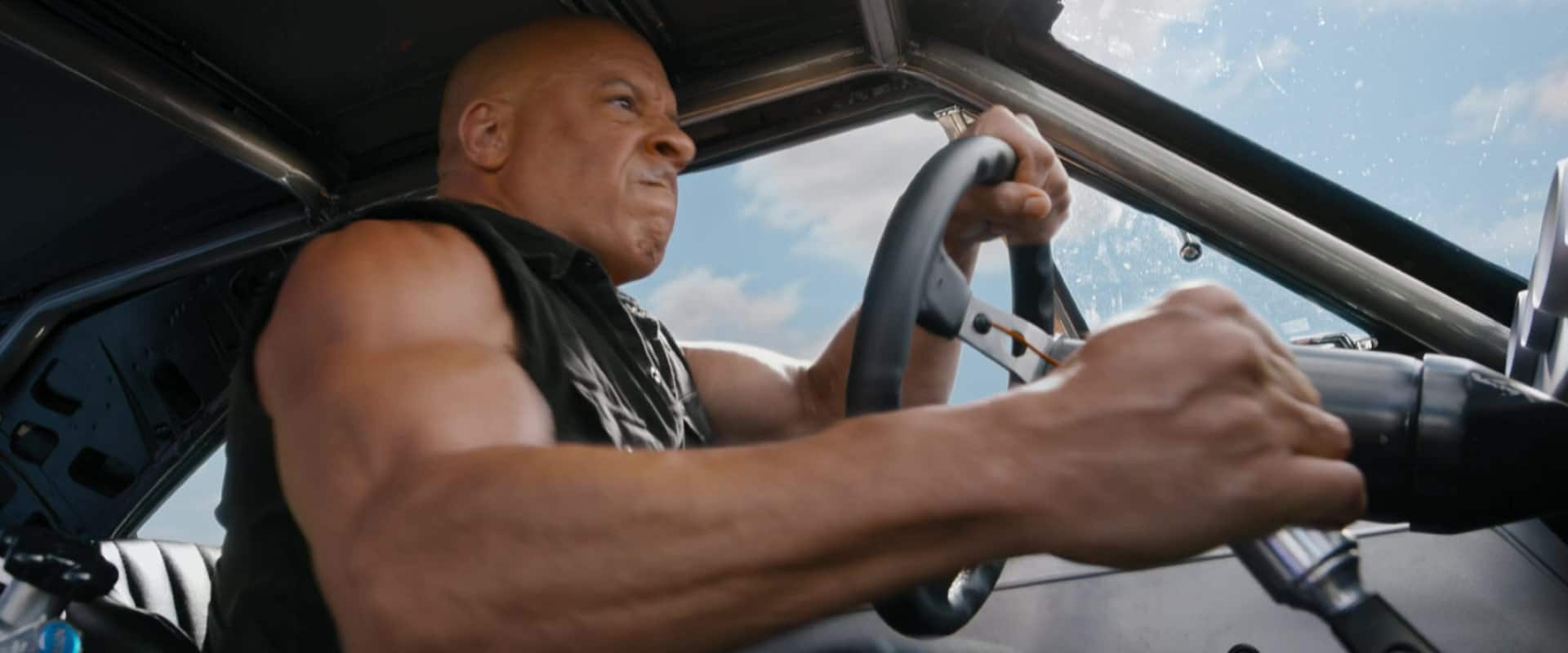
In many ways, the longevity of the Fast & Furious franchise is seriously impressive for films centered around one main character, portrayed by one decent actor who mostly drives fast cars and blows stuff up. The first few films had a major cool factor with their stories of underground racing and family bonds. Ten films in, however, the franchise has moved away from its humble origins to grand globe-spanning tales of spies and heists that lack the same found-family charm as earlier entries.
Each new installment brings new characters, making it hard to form the same emotional attachment to them, and the over-the-top action scenes have gotten out of control. The formerly criminal carjacker crew’s alliance with the government doesn’t make much sense, and they have to use more pancake makeup on Vin Diesel in each installment. The most recent entry, “Fast X,” had modest success at the box office, though, and a new sequel is planned for 2025.
Transformers

We agree with iconic film director Steven Spielberg when he suggested to director Michael Bay to “just stop at three” Transformers movies. The admittedly very cool-looking “Bayformers” bear little resemblance to their 1980s cartoon inspiration, which automatically put the franchise at odds with many fans. “Transformers” and “Transformers: Rise of the Fallen” captured much of the nostalgia and fun of the first-generation cartoons, but like many of Bay’s films, sequels merely appealed to the lowest common denominator.
The films are full of inconsistencies, always have hot babes, and are more concerned with cool-looking action sequences than the human side of their characters. Transformers has made a lot of money over the years, though, and younger generations of fans won’t know how new sequels compare to the original cartoons or earlier installments. This year’s newest entry, “Transformers: Rise of the Beasts,” underperformed at the box office and is the lowest-grossing film of the franchise. Perhaps it’s a hopeful sign that Transformers is finally fizzling out.
Fantastic Beasts
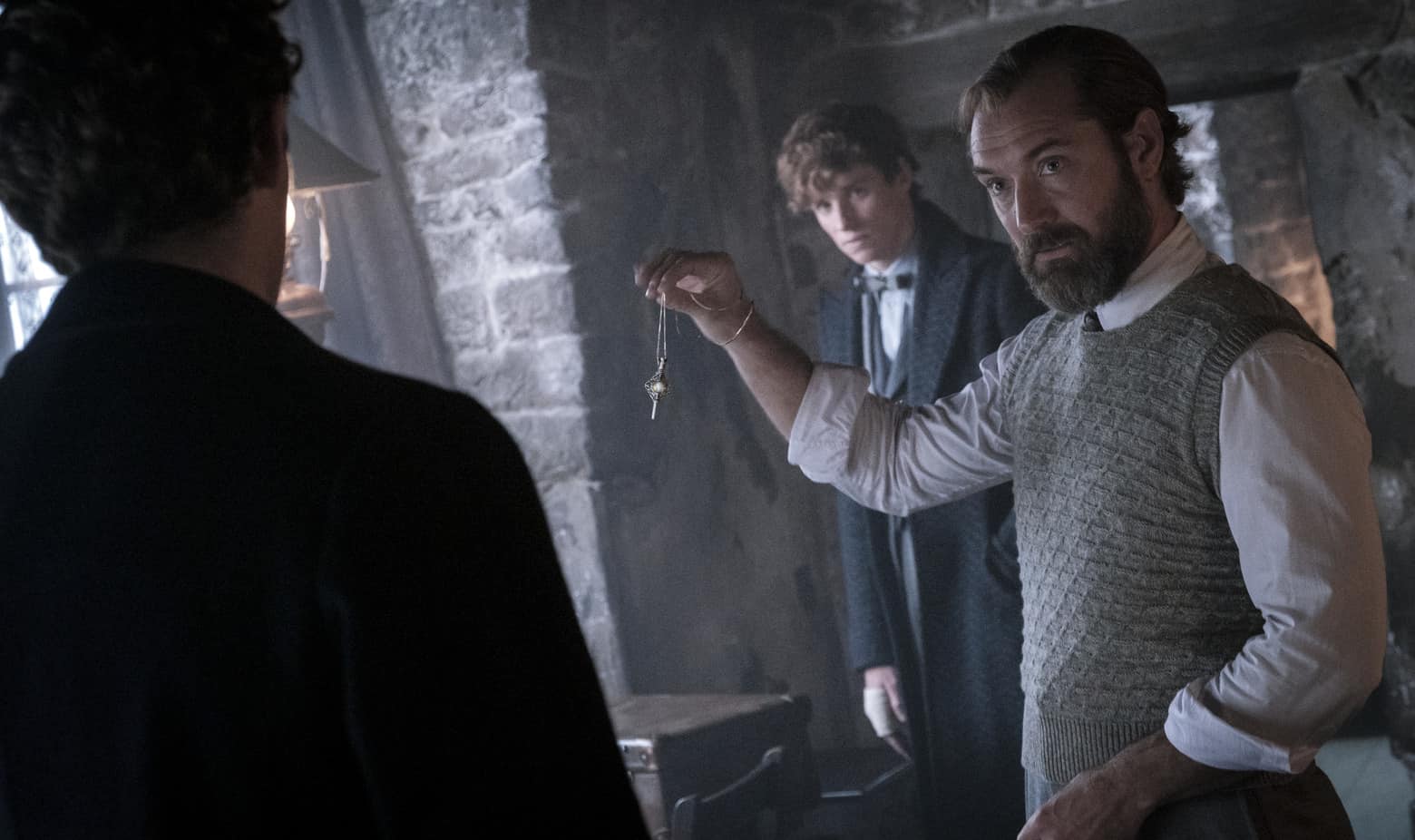
Fantastic Beasts isn’t a very long-running franchise, with only three films, but it would’ve been far better as a single spinoff. Eddie Redmayne’s Newt Scamander is a charming lead, and it's interesting to see an American edition to the Wizarding World of Harry Potter, but each new sequel muddies the canon more and more. It’s hard to backtrack from new storylines to try to make them consistent with the original Harry Potter series, leaving some gaping plot holes.
The spinoff franchise has leaned heavily into special effects for its world-building and away from lesser-known actors in favor of a more star-studded cast. That gives the films an over-polished, inauthentic feel that doesn’t capture the heart of its literary origins. The franchise was originally planned to be five films, but Warner Bros. later reconsidered greenlighting the final two films depending on how well “Fantastic Beasts: The Secrets of Dumbledore” did. At the box office, the film was the lowest-grossing and worst-reviewed of any in the Wizarding World, and there are currently no discussions underway for a fourth installment. Perhaps Warner Bros. agrees it’s time to hit the spinoff with the Avada Kedavra curse.
Terminator
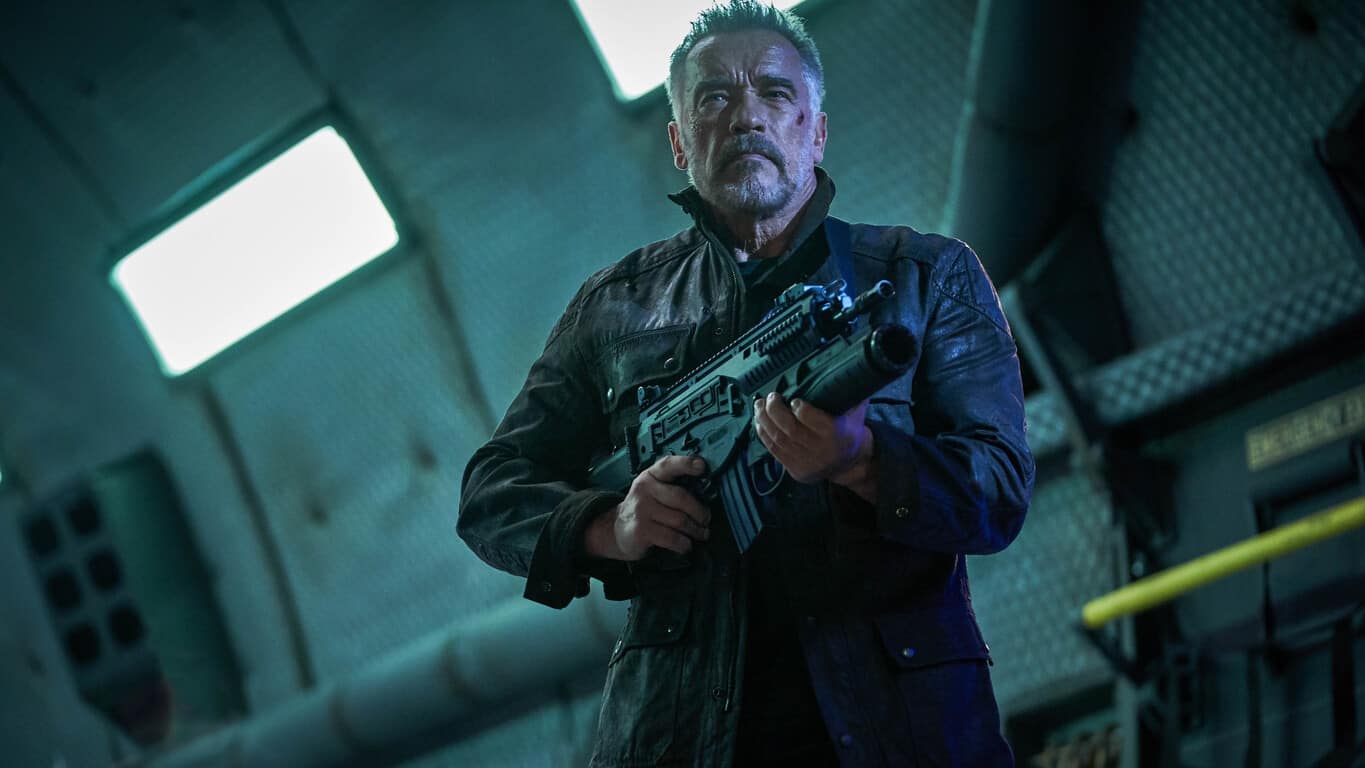
The first two Terminator films from the ’80s are inarguably classics of the sci-fi genre, but Skynet has reigned for too long. Despite critical and box office failures after the first two films, the franchise has retained fans’ interest over several decades as sequels keep getting made. The most recent entry, “Terminator: Dark Fate,” brings back original stars Arnold Schwarzenegger and Linda Hamilton for a direct sequel to “Terminator 2: Judgment Day,” mostly ignoring the events of the previous three films in the franchise.
It’s not a great look to have to erase the plots of entire films like that, and, earlier this year, Schwarzenegger said he would not appear in any future installments after the last few films were “not well written.” With or without him, however, it looks like the Terminator will be back. James Cameron is reportedly developing a script for another sequel. But a Terminator movie without the Governator? Why even bother?
Saw
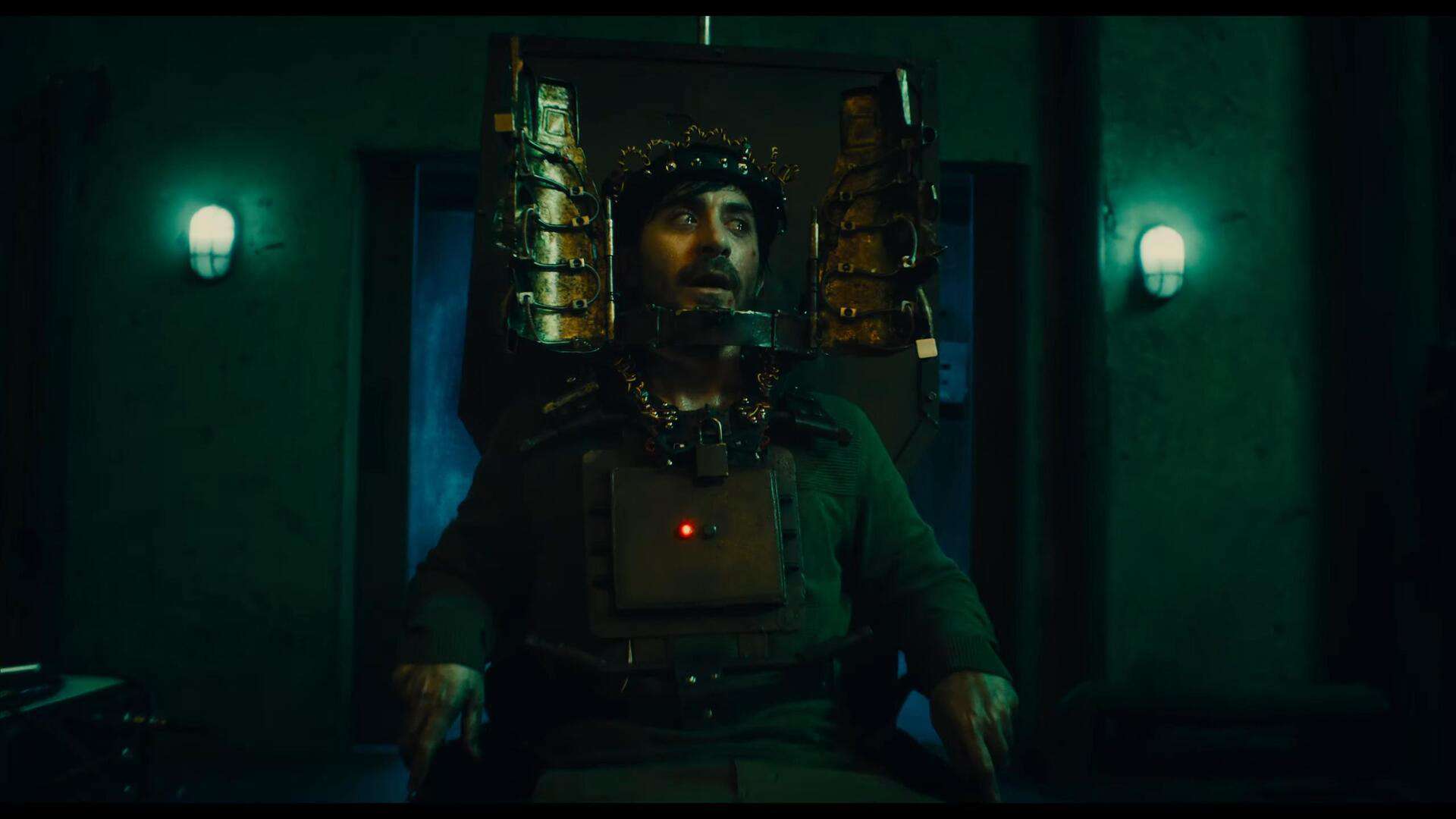
In 2004, “Saw,” a low-budget horror film, became a whirlwind success, breaking into the mainstream overnight and becoming highly influential in the genre. We’ve since had to sit through 10 films of what many have dubbed “torture porn.” The franchise’s many sequels lack the raw suspense and emotional engagement of the iconic original. Following especially disappointing spin-offs “Jigsaw” and “Spiral,” the latest edition, “Saw X,” attempts to revitalize the franchise by recapturing the grainy, low-budget feel of the earliest films and delving deeper into the emotional motivations of the killer.
As a 10th installment going back to the series’ roots, it feels like a good, full-circle place to end the franchise. Producers disagreed, announcing that further sequels would depend on the box-office performance of “Saw X,” which turned out to be a moderate success and gained positive critical reviews. There are currently active plans for another Saw film set up by the mid-credits scene in “Saw X.” For now, it looks like Jigsaw (Tobin Bell) is still on his deadly manhunt.
